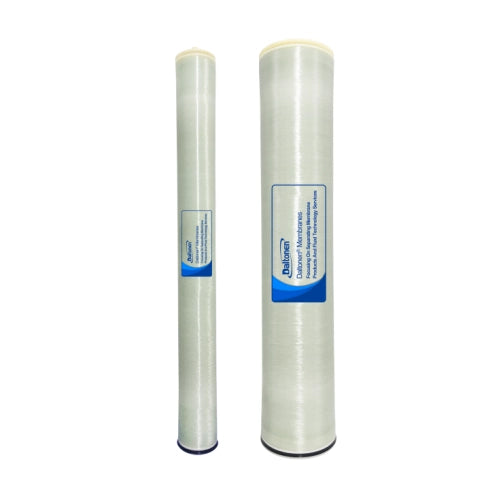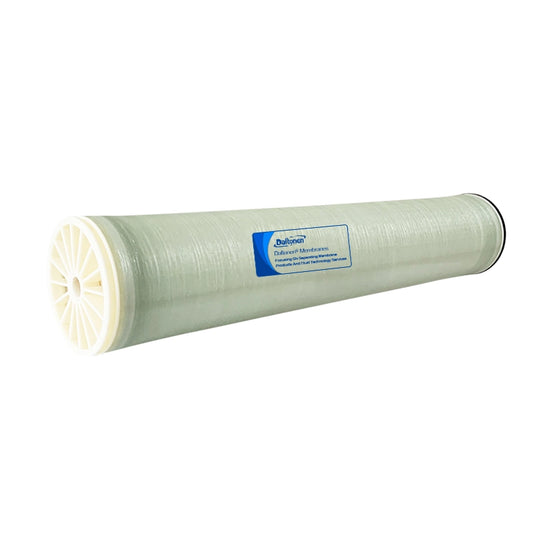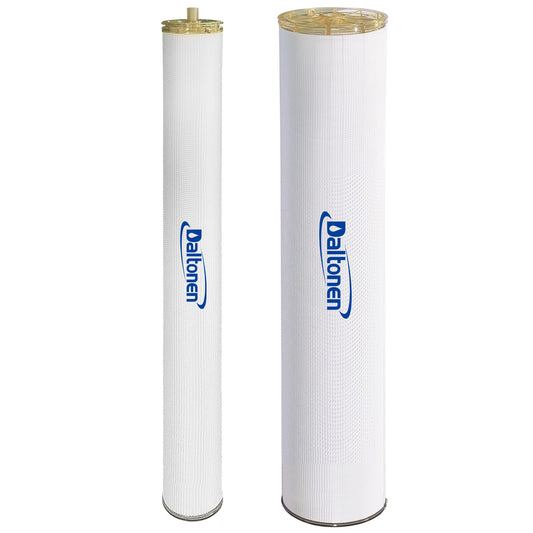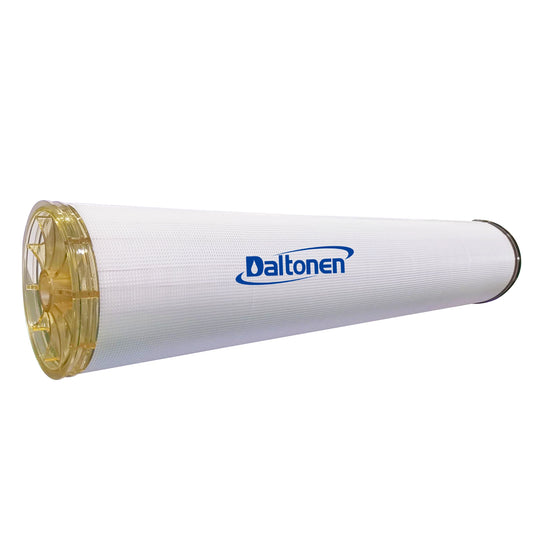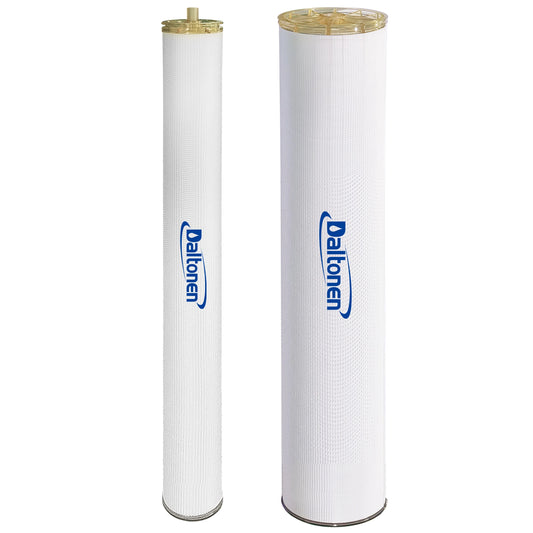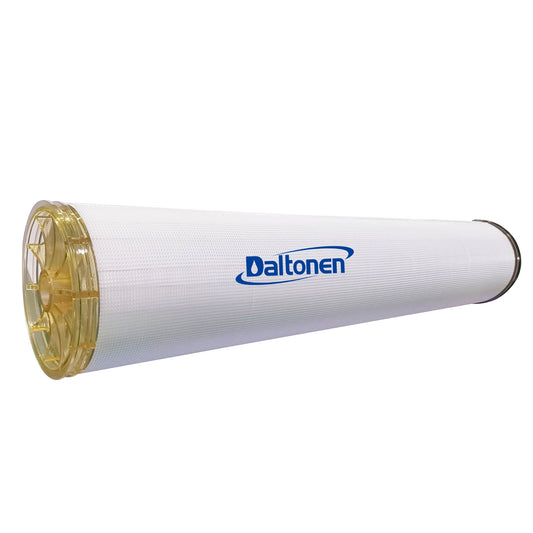Technical Description of Reverse Osmosis (RO) Membrane System for Thermal Power Plants
10 Apr 2025
Technical Description of Reverse Osmosis (RO) Membrane System for Thermal Power Plants
I. System Overview
The reverse osmosis (RO) membrane system is one of the core processes in water treatment for thermal power plants. It is primarily used for preparing boiler feedwater, circulating cooling water, and wastewater reuse. Its core function is to efficiently remove dissolved salts, colloids, organic matter, and microorganisms from water by driving water molecules through a semi-permeable membrane under high pressure, ensuring the produced water meets the standards of the power industry (e.g., DL/T 5068-2017).

II. Process Design
1. Pre-treatment System (Key Protection Step)
-
Multi-medium Filter: Removes suspended solids and colloids (controls SDI < 5);
-
Activated Carbon Filter: Adsorbs residual chlorine and organic matter (protects RO membranes from oxidative damage);
-
Scale Inhibitor Dosing System: Suppresses scaling of salts such as CaCO₃ and CaSO₄;
-
Security Filter: 5μm precision filtration to intercept particulate matter (protects membrane elements).
2. RO Membrane System Core
-
High-pressure Pump: Provides an operating pressure of 4-12 MPa (adjusted according to the salinity of the water source);
-
Membrane Element Configuration: Uses spiral-wound polyamide composite membranes (PA), arranged in a two-stage structure with a ratio of 2:1 or 3:1;
-
Recovery Rate Control: The recovery rate of the first-stage RO is designed to be 75-85% (40-50% for seawater desalination);
-
Produced Water Quality: Desalination rate ≥ 98%, conductivity ≤ 10 μS/cm (first-stage RO), and second-stage RO can reduce it to ≤ 2 μS/cm.
3. Post-treatment System
-
Decarbonator: Removes CO₂ and adjusts pH;
-
Mixed Bed/EDI: Achieves ultrapure water (≤ 0.1 μS/cm) through deep desalination.
III. Key Equipment Selection Parameters
| Equipment Name | Technical Parameter Requirements | Functional Objectives |
|---|---|---|
| RO Membrane Elements | Single membrane flux ≥ 25 m³/d, chlorine tolerance < 0.1 ppm | High desalination rate, anti-pollution |
| High-pressure Pump | Variable frequency control, efficiency ≥ 85% | Energy saving and consumption reduction |
| Chemical Cleaning System | pH 2-12 tolerance, adjustable flow rate | Restores membrane flux |
| Online Monitoring Instruments | Real-time feedback of conductivity, pressure, and flow rate | Controls system operational stability |
IV. Key Operational Management Points
Pollution Control
-
Regularly monitor transmembrane pressure difference (ΔP); chemical cleaning is required if the pressure difference increases by 15%;
-
Microbial pollution prevention: Monthly protective flushing with 1% sodium bisulfite;
-
Organic pollution treatment: Cleaning with pH 10-12 NaOH + surfactant.
Energy Efficiency Optimization
-
Energy Recovery Device (ERD): Applicable to seawater desalination, saves 30-40% energy;
-
Inter-stage Booster Pump Configuration: Balances flow between the two stages and improves system recovery rate.
Handling of Abnormal Conditions
-
Sudden increase in produced water conductivity: Check O-ring seal integrity and membrane element damage;
-
Decrease in produced water volume: Investigate pre-treatment failure or membrane fouling.

V. Advantages in Thermal Power Plant Applications
-
Economic Benefits: Compared to traditional ion exchange, operational costs are reduced by 30-50%, with reduced acid and alkali consumption;
-
Environmental Benefits: No acid or alkali wastewater discharge, meeting the clean production requirements of the thermal power industry;
-
Adaptability: Capable of treating various water sources, including surface water, groundwater, and reclaimed water;
-
Automation: Integrated PLC/DCS control enables unattended operation.
VI. Typical Case Reference
A project with 2×660MW ultra-supercritical units:
-
Water Source: Surface water (TDS 800 mg/L);
-
System Configuration: Dual-series first-stage RO (single series production of 120 m³/h) + second-stage RO + EDI;
-
Produced Water Specifications: SiO₂ ≤ 10 μg/L, meeting ASTM boiler feedwater standards.
VII. Technological Development Trends
-
Membrane Material Innovation: High-flux graphene membranes, anti-biofouling modified membranes;
-
Intelligent Operation and Maintenance: AI algorithms predict membrane fouling cycles and optimize cleaning strategies;
-
Zero Discharge Integration: Coupling of RO concentrate with evaporation crystallization processes to achieve zero wastewater discharge across the plant.
Conclusion: The application of RO membrane systems in thermal power plants requires comprehensive consideration of water source characteristics, operational costs, and environmental requirements. Through refined design and management, the efficiency and sustainability of water treatment in power plants can be significantly improved.
Tags:


